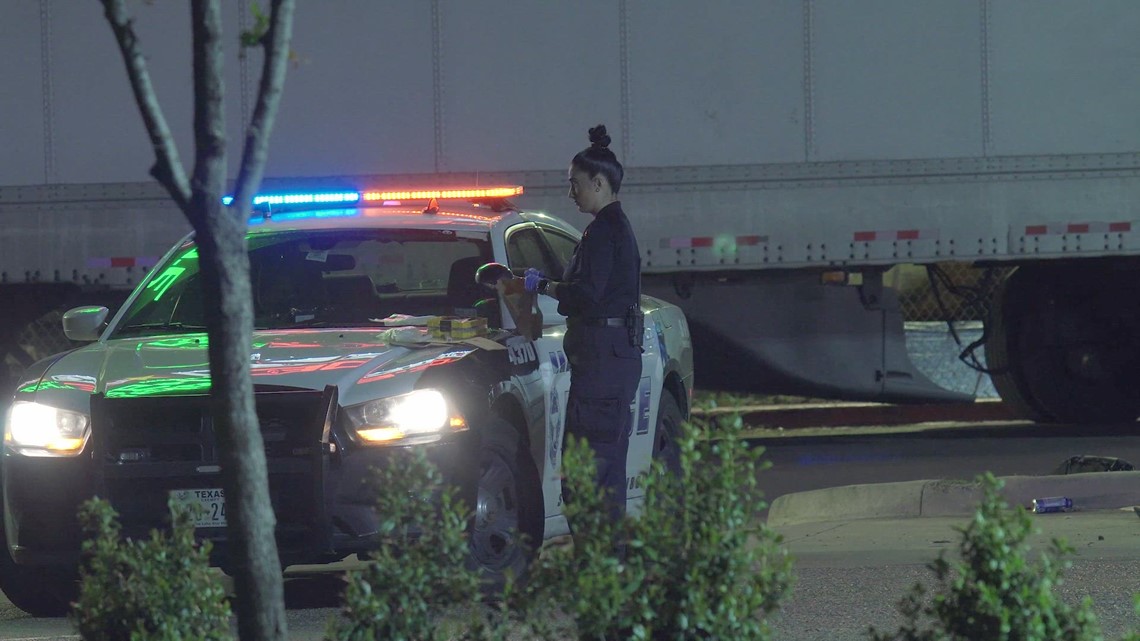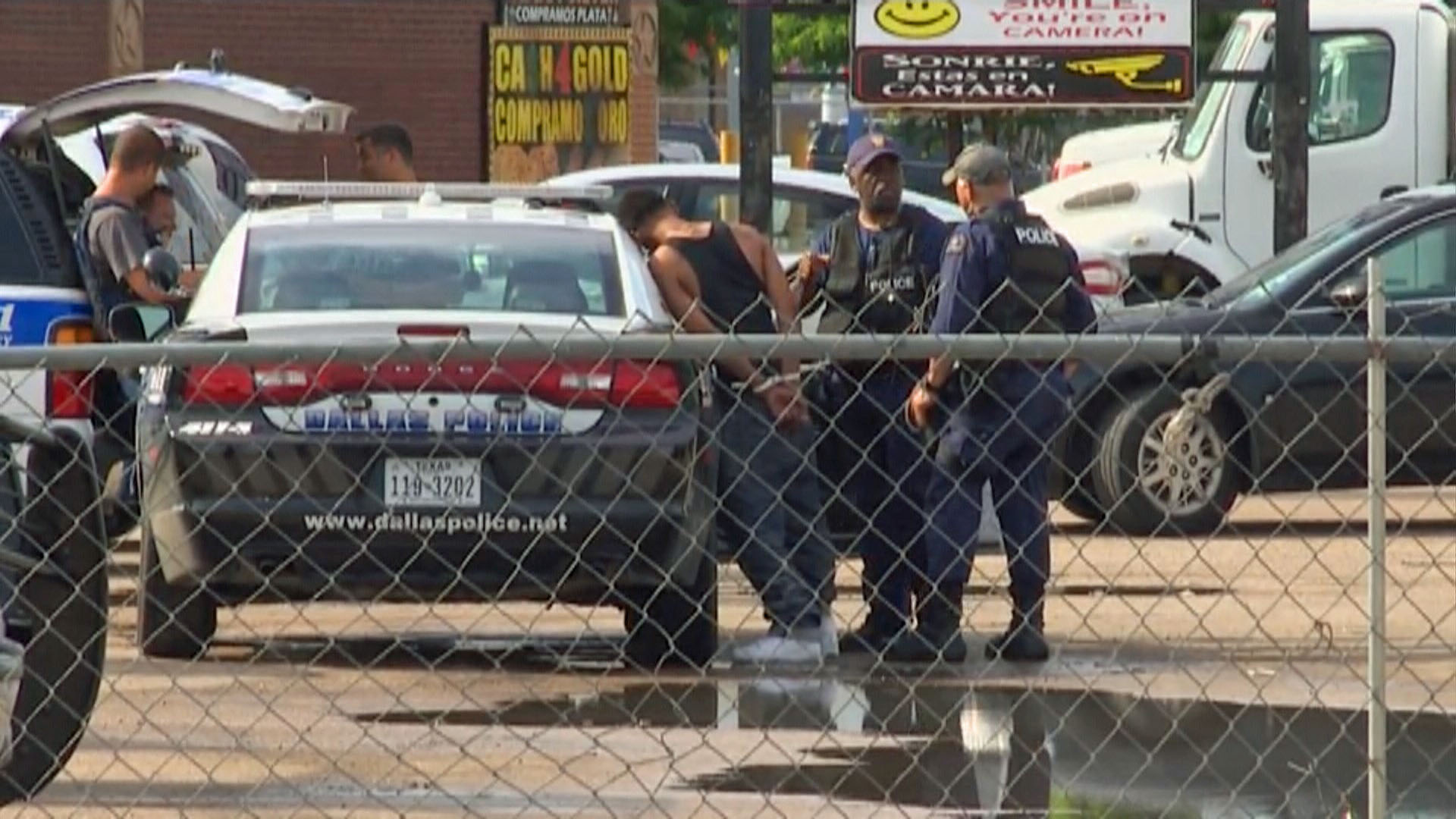Dallas Busted Newspaper: This exploration delves into the rich history of crime reporting in Dallas newspapers, examining how the portrayal of “busted” stories—from drug busts to white-collar crime—has shaped public perception, journalistic practices, and community trust. We’ll analyze the evolution of crime reporting, exploring significant cases and their impact, while also considering the ethical considerations involved in presenting such sensitive material.
The study will compare Dallas’s approach to other major US cities, revealing both similarities and striking differences in how these critical stories are handled.
Through a detailed examination of headlines, case studies, and visual data representations, we aim to provide a comprehensive understanding of how Dallas newspapers have chronicled crime, its influence on public opinion, and the evolving relationship between the press and law enforcement. The analysis considers various journalistic styles and their impact on the presentation of these often-sensational stories.
Historical Context of Dallas Newspapers and Crime Reporting: Dallas Busted Newspaper
The evolution of crime reporting in Dallas newspapers reflects the city’s growth and changing social landscape throughout the 20th and 21st centuries. Early reporting focused on straightforward accounts of incidents, often with a limited investigative approach. The relationship between newspapers and law enforcement also evolved, shifting from a largely collaborative relationship to one characterized by greater scrutiny and investigative journalism.
Evolution of Crime Reporting in Dallas Newspapers
Early 20th-century Dallas newspapers primarily relayed factual accounts of crimes, often relying heavily on police reports. As investigative journalism gained traction, newspapers began to delve deeper into the causes and contexts of crime, leading to more in-depth reporting. The rise of sensationalism in the mid-20th century influenced coverage, emphasizing dramatic aspects of crimes. More recently, digital platforms and online news have transformed the speed and reach of crime reporting, enabling real-time updates and citizen journalism contributions.
Significant Crime Stories and Their Impact
Several significant crime stories profoundly impacted Dallas. The assassination of President John F. Kennedy, covered extensively by Dallas newspapers, continues to resonate. The reporting surrounding this event significantly shaped the city’s image and spurred intense scrutiny of local law enforcement. Other major crimes, such as the unsolved disappearance of several women in the 1970s or major drug busts, also shaped public discourse and prompted policy changes.
Newspaper-Law Enforcement Relationship
The relationship between Dallas newspapers and law enforcement has been complex. Early collaborations provided a foundation for reporting, but a growing emphasis on investigative journalism fostered a more adversarial dynamic. This tension is exemplified by instances where newspapers challenged official narratives or uncovered police misconduct, resulting in greater transparency and accountability within law enforcement.
Timeline of Major Crime Reporting Events
A timeline illustrating major crime reporting events and their newspaper coverage would highlight key shifts in journalistic practices and the evolving relationship between the press and law enforcement. For example, it could show the transition from straightforward crime reporting to investigative pieces, reflecting the growing sophistication of journalistic methods and the increasing demand for accountability. This timeline would also include major crime waves or significant court cases that dominated headlines.
Types of “Busted” Stories Reported
The term “busted” in Dallas newspapers generally refers to stories detailing law enforcement actions resulting in arrests or seizures. These stories encompass a wide range of criminal activities, each with its own narrative and public impact.
Categorization of “Busted” Stories
| Category | Example Headline | Brief Description | Year (Example) |
|---|---|---|---|
| Drug Busts | “Massive Drug Ring Dismantled in Downtown Raid” | Details a large-scale operation involving significant drug seizures and multiple arrests. | 2023 |
| Police Raids | “Illegal Gambling Operation Shut Down in South Dallas” | Focuses on a police raid targeting an illegal activity, including the evidence seized and individuals arrested. | 2022 |
| White-Collar Crime | “Local CEO Indicted on Fraud Charges” | Covers the arrest and indictment of a high-profile individual for financial crimes. | 2021 |
| Gang-Related Crime | “Major Gang Bust Nets Dozens of Arrests” | Details a significant operation targeting a criminal gang, including the arrests made and weapons seized. | 2020 |
Impact of “Busted” Stories on Public Perception
The portrayal of crime in Dallas newspapers significantly influences public opinion regarding crime rates, law enforcement effectiveness, and community safety. The framing of these stories, including the choice of language and the emphasis on specific details, can shape public perceptions and contribute to anxieties or feelings of security.
Influence on Public Opinion
Newspapers’ selection of “busted” stories, and the way they present them, directly impacts public perceptions of crime and safety. Sensationalized accounts can heighten fear, while balanced, nuanced reporting can foster a more informed understanding. The consistent portrayal of specific types of crime can also lead to skewed perceptions of the overall crime landscape in Dallas.
The Dallas busted newspaper scandal, while initially focused on local politics, unexpectedly took a bizarre turn. News outlets began drawing comparisons to other controversial figures, with some online discussions referencing images found through searches like morgan ortagus swimsuit , highlighting the unpredictable nature of internet virality. Ultimately, the Dallas newspaper’s downfall serves as a reminder of the complex interplay between media, public perception, and the ever-shifting digital landscape.
Comparison of Crime Portrayals
A comparison of how different types of crime are portrayed in Dallas newspapers reveals potential biases or editorial choices. For example, the extensive coverage of drug busts might overshadow other significant crimes, creating a skewed public perception of the most prevalent criminal activities. Similarly, the focus on certain neighborhoods could perpetuate negative stereotypes.
Journalistic Practices and Ethical Considerations
Reporting on “busted” stories requires careful adherence to journalistic ethics and best practices. This involves verifying information from multiple sources, avoiding sensationalism, and acknowledging potential biases.
Journalistic Practices in Crime Reporting, Dallas busted newspaper

Source: wfaa.com
Reliable sources, thorough fact-checking, and unbiased reporting are crucial for responsible crime reporting. Investigative techniques, including interviews, document reviews, and data analysis, enhance the accuracy and depth of these stories. However, the pressure to be first with the news can sometimes lead to compromises in accuracy or ethical considerations.
Ethical Considerations
- Protecting the identities of victims and witnesses
- Avoiding language that perpetuates stereotypes or biases
- Ensuring accuracy and fairness in reporting
- Respecting the legal rights of the accused
Impact of Journalistic Styles
Different journalistic styles affect the presentation of “busted” stories. Hard news focuses on factual accounts, while investigative journalism delves deeper, exploring underlying causes and contexts. The choice of style significantly influences the public’s understanding and interpretation of the events.
Visual Representation of Crime Data
A bar chart illustrating the frequency of different types of crime reported as “busted” in Dallas newspapers over a ten-year period (e.g., 2014-2023) would provide a visual summary of crime trends. The data could be obtained from newspaper archives or police reports, categorized into types of crime (drug busts, police raids, white-collar crime, etc.), and then displayed as a bar graph showing the number of occurrences for each category per year.
This would allow for a quick visual comparison of the relative frequency of different crime types over time.
Data and Methodology
The data would be collected from a comprehensive review of Dallas newspaper archives, focusing on articles explicitly mentioning arrests or seizures. Each article would be categorized based on the type of crime involved, and the data would be tallied to determine the frequency of each category over the specified period. The bar chart would clearly label each category and year, with a legend explaining the data representation.
Insights from Visual Representation
The visual representation would reveal patterns and trends in the types of crime reported as “busted” in Dallas newspapers. It could highlight increases or decreases in specific crime categories, indicating potential shifts in criminal activity or law enforcement priorities. This visualization could inform discussions about crime prevention strategies and resource allocation.
Comparative Analysis with Other Cities
Comparing crime reporting in Dallas with other major US cities offers valuable insights into journalistic practices, public response, and the influence of local contexts. By examining similar stories across different cities, we can identify commonalities and variations in how crime is portrayed and the impact on public perception.
Similarities and Differences in Reporting

Source: wfaa.com
A comparative analysis might reveal similarities in journalistic approaches across different cities, such as the emphasis on certain types of crime or the use of specific narrative frameworks. However, differences could emerge due to varying levels of crime, the relationship between the press and law enforcement, or the unique socio-political contexts of each city. For instance, a city with a high rate of gang-related crime might see more frequent reporting on gang busts compared to a city with a lower rate.
Factors Contributing to Variations
Factors influencing variations in reporting could include the size and resources of the news organizations, the level of transparency within law enforcement agencies, and the overall political climate of the city. Public response might also vary depending on factors such as community trust in law enforcement, historical experiences with crime, and the prevailing socio-economic conditions.
Ending Remarks
In conclusion, the narrative woven by Dallas newspapers regarding “busted” stories reflects not only the city’s criminal landscape but also its evolving relationship with its media and law enforcement. The analysis reveals the profound impact of journalistic choices on public perception, community trust, and the overall narrative surrounding crime. Further research could explore the long-term effects of specific reporting styles and their contribution to the ongoing dialogue on crime and justice in Dallas.
